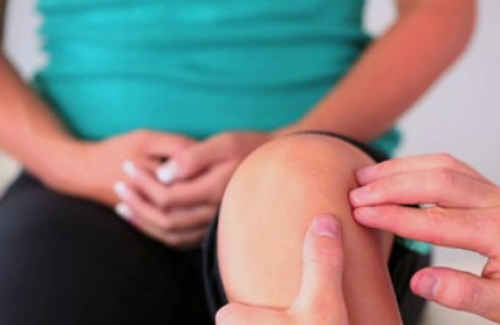When should I see a knee doctor to treat my pain?
Most Knee pains that come on slowly, or as a result of activity that’s more strenuous than usual, can be managed at home. Knee pain that occurs from a relatively minor injury can often be safely observed for a day or two to see if self-care measures will be helpful.
Long-term knee pain from meniscus problems, ligament injuries or arthritis could be helped to some degree by weight loss and exercises to strengthen the muscles around the joint. Other self-care options include:
- Rest. Avoid more-strenuous or painful activities, but keep active. Try alternate activities that cause less discomfort — swimming instead of jogging, bicycling instead of tennis. For acute injuries, you may have to stay off your feet as much as possible or even use crutches for a short time.
- Ice. Put ice on your knee for 15 to 20 minutes a few times each day. Use ice cubes or a bag of frozen vegetables wrapped in a towel.
- Compression. Wrap an elastic bandage around your knee to help control swelling. Make the bandage fit snugly around your knee, but not tight enough to cause pain or leg swelling.
- Elevation. Lying down with your knee propped up on pillows may help control pain and swelling.
- NSAIDs. Over-the-counter nonsteroidal anti-inflammatory drugs (NSAIDs) may help relieve pain, swelling and inflammation. These include ibuprofen (Advil, Motrin IB, others) and naproxen sodium (Aleve). These types of drugs can cause stomach upset. If you have kidney trouble or high blood pressure or if you are an older adult, you should use acetaminophen (Tylenol) instead.
“If you’re starting to consider wearing knee pads to bed or have renamed your knees ‘ache’ and ‘pain’, it may be time to see your doctor”
Schedule a doctor’s visit
Sure, here are some signs that it’s time to see a doctor about knee pain:
1. You experience persistent or worsening pain, swelling, or stiffness in your knee.
2. Your knee pain is accompanied by other symptoms, such as a fever, redness, warmth, or tenderness around the knee.
3. You are unable to bear weight on your knee or have difficulty walking or standing.
4. You have a limited range of motion in your knee, making it difficult to perform daily activities.
5. Your knee pain is interfering with your sleep or quality of life.
6. You have a history of knee injuries or surgeries.
7. Your knee pain has lasted for several weeks or months, despite trying home remedies and over-the-counter medications.
8. Your knee pain is preventing you from participating in physical activities that you enjoy or are necessary for your job or daily routine.
Make an appointment with your doctor if your knee pain was caused by a particularly forceful impact or if it’s accompanied by:
- Significant swelling
- Redness
- Tenderness and warmth around the joint
- Significant pain
- Lack of response to self-care for more than 2 weeks
If you’ve had minor knee pain for some time, make an appointment with your doctor if the pain worsens to the point that it interferes with your usual activities or sleep.

Treatment Options
Fortunately, there are many non-surgical treatment options currently available for various knee ailments. Some of these options include:
- Image Guided Steroid Injection. Steroid injections in the knee joint have been around for many decades. The purpose is to deliver a strong and long-acting steroid in the joint that would result in the resolution of inflammation and therefore pain. This would lessen systemic exposure and side effects of steroids. Although these injections used to be done with the “blind” technique in the past; image-guided injections using fluoroscopy or ultrasound have become standard practice in the last couple of years. This will ensure the correct delivery of the medication to the target structure.
- Regenerative Medicine. These are newer, cutting-edge therapies that help the tissues “heal” faster and better. They include PRP for knee pain (Platelet Rich Plasma) which is extracted from a patient’s own blood. Another is BMAC (Bone Marrow Aspirate Concentrate) which is essentially taking patients’ stem cells from their own bone marrow. Both of these treatments have been showing promising results clinically in multiple recent studies.
- Genicular Nerve Blocks and Radiofrequency Ablation Rhizotomy. The anatomy of the knee joint is such that 3 nerves (genicular nerves) serve only as pure pain fibers. This means that by blocking them temporarily; or cauterizing them via radiofrequency technology we would be able to lessen the number of pain signals one could receive from the knee joint; without interfering with the ability to feel (sensory) or strength (motor) nerves. Radiofrequency ablation technology has been around for more than two decades and has been safely used for knee pathologies in the last 10 years.
- Viscosupplementation for knee pain. In this procedure, a gel-like fluid called hyaluronic acid is injected into the knee joint. Hyaluronic acid is a naturally occurring substance found in the synovial fluid surrounding joints. It acts as a lubricant to enable bones to move smoothly over each other and as a shock absorber for joint loads.
- Shockwave (Soundwave) Therapy. Acoustic waves generated by the Shockwave trigger biological effects which lead to faster and long-term healing and regeneration of the tissue. This is an effective treatment for healing torn meniscus, Osteoarthritis of the knee, and patellar tendinopathy.
- Physical Therapy and Rehabilitation. Can help to strengthen the knee joints and improve range of motion. The ideal time for physical therapy would be after the patient’s pathology has been addressed, and optimal pain relief has been obtained.
- HYALGAN Injections for knee pain. This is a Fluoroscopic guided proceedure that helps your knee move more smoothly, reducing or relieving the pain of osteoarthritis.


